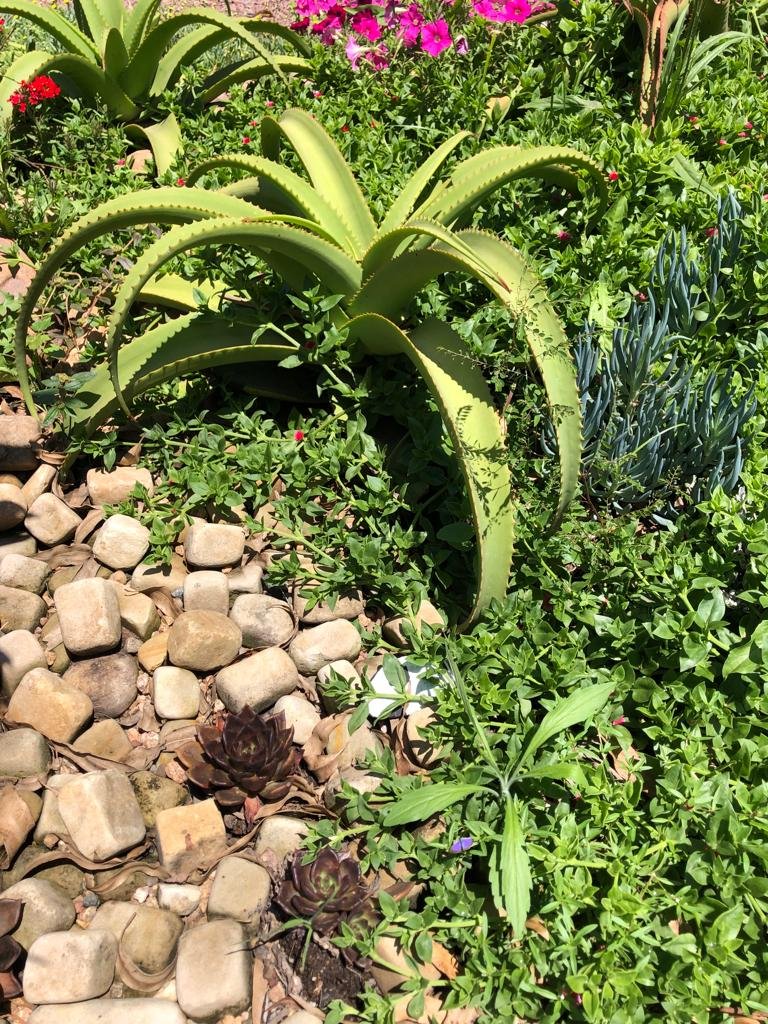 If you need to relocate established trees and shrubs to a more suitable position in your garden, Autumn is the best time to do it.
Tip 1: In preparation for the big move, always prune trees and shrubs before digging them out, this helps to minimize transplant shock, this gives them a much better chance to make a rapid recovery in their new home.
If you need to relocate established trees and shrubs to a more suitable position in your garden, Autumn is the best time to do it.
Tip 1: In preparation for the big move, always prune trees and shrubs before digging them out, this helps to minimize transplant shock, this gives them a much better chance to make a rapid recovery in their new home.
Tip 2: Prepare the new hole before you even start digging the tree or shrub out. Good hole preparation is key. A general rule for a medium sized tree (of about a man's height) is to dig a 1m x 1m hole and about 800mm deep. Now that is a lot of digging, but worth the effort when you see your tree flourishing. Mix the soil that has come out of the hole with generous amounts of compost, bone meal and a general fertilizer.
Tip 3: Very important when transplanting any plant, is to firmly compress the soil around the roots of the plant. You can really be quite tough about it. Even a great big stomp with your garden boots is good. Large air pockets around the roots cause the fine root hairs to dry out and causes the death of the plant.
Tip 4: The "Life and Death" tip: Never plant your tree too deep in the hole. If soil covers the stem of your tree, higher than what it was in its original position... IT WILL DIE.









